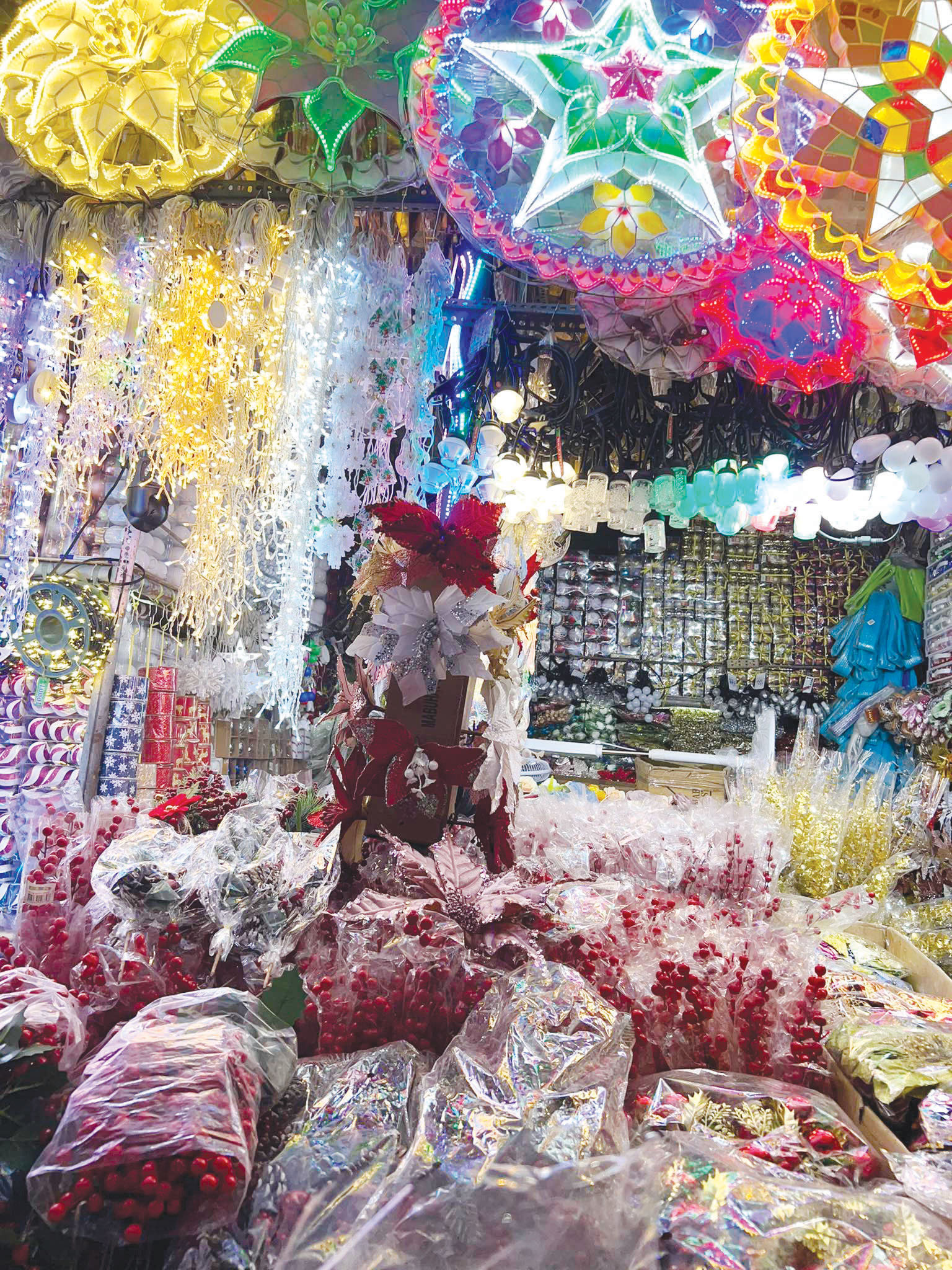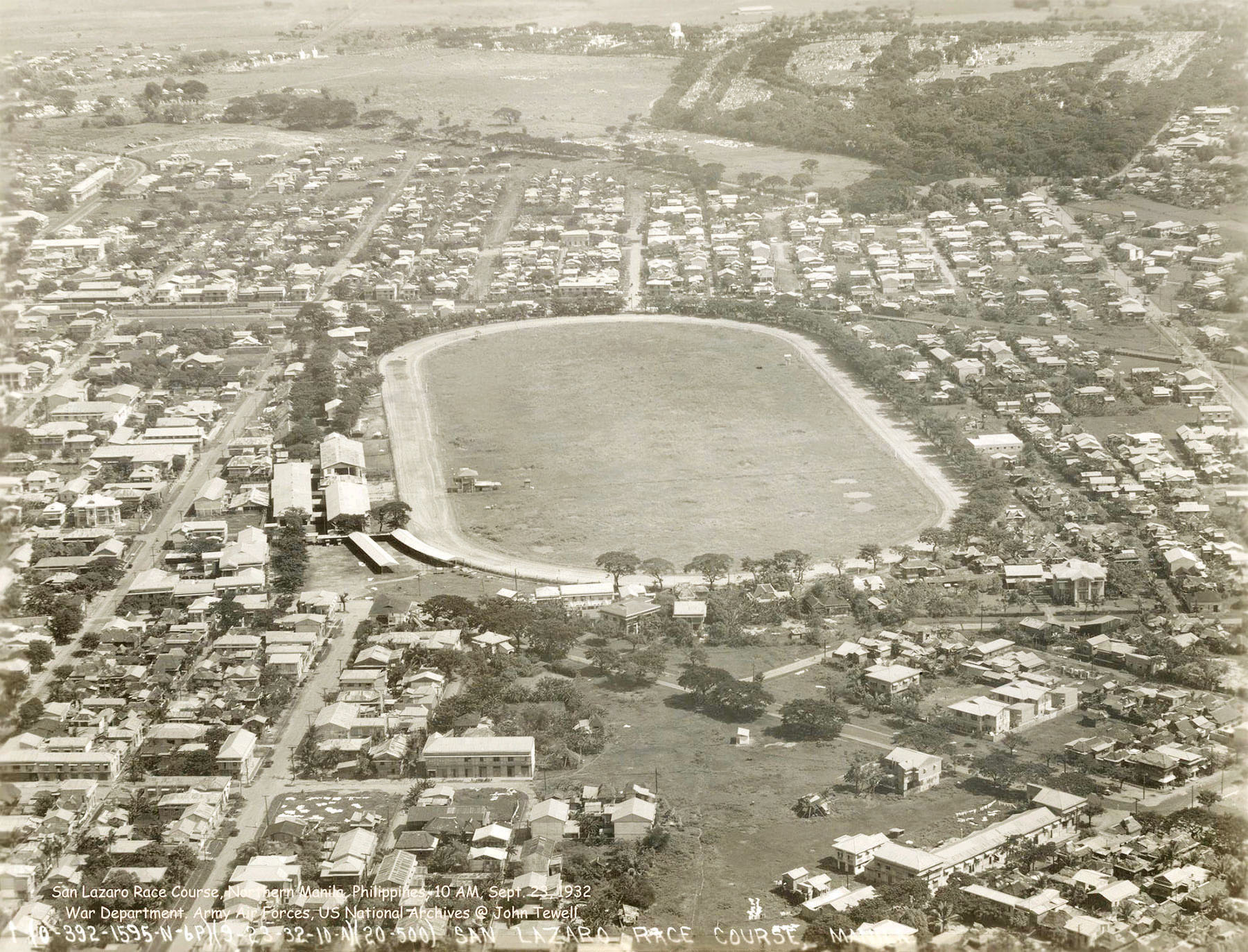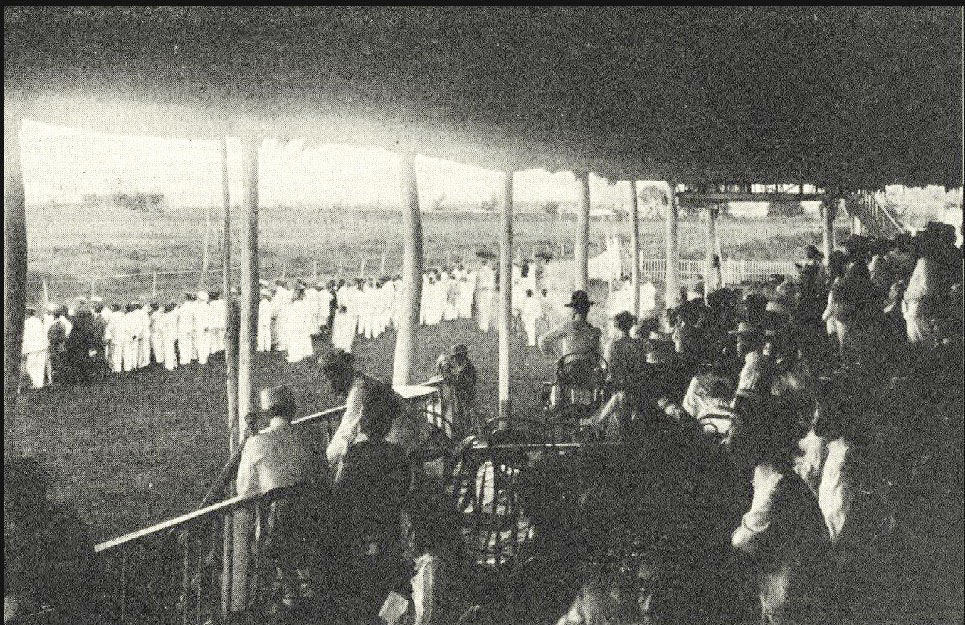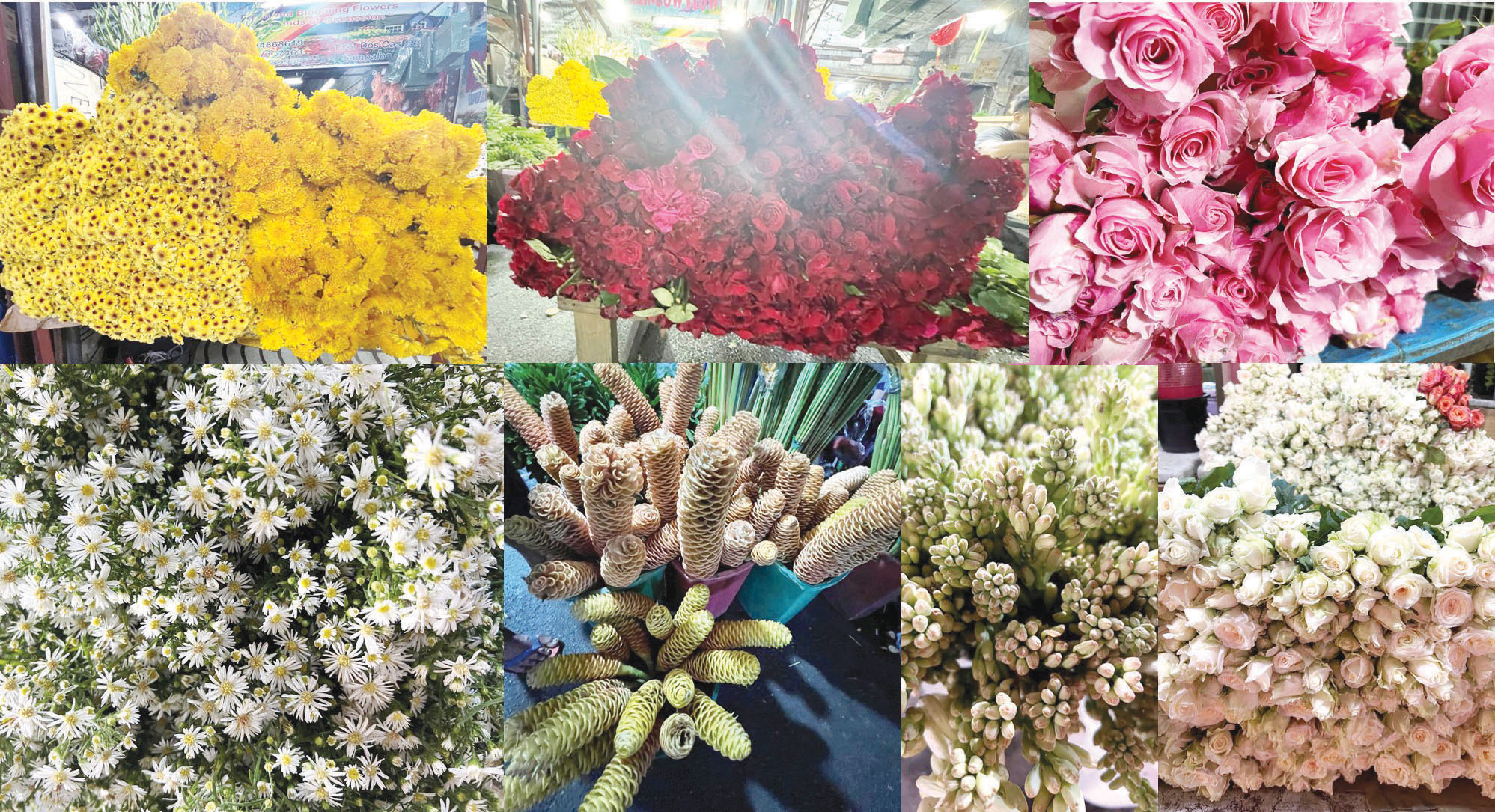At A Glance
- Dangwa is said to have gotten its name from an old bus transit line called Dangwa Tranco Terminal, which would ply the Baguio-Manila route ferrying flowers harvested from the Cordilleras in the 1950s.

Social media tells me that Christmas decors are already being sold at malls and establishments like Dapitan Arcade in Quezon City. I remember Dapitan when it consisted of makeshift stalls by the streets, where overrun factory items and quality control rejects were dumped. I accidentally discovered this area after attending the races at the San Lazaro Hippodrome where I used to go with friends who owned racehorses to watch the races on the weekends over 20 years ago.
The San Lazaro Hippodrome in Santa Cruz, Manila was owned and run by the Manila Jockey Club, one of the oldest racing clubs in the Asia-Pacific. It was established in 1867 by Governor General Jose de la Gandara y Navarro exclusively for the Spanish-Filipino mestizos of the time. According to Jenny Ortuoste in her paper, “Down the Stretch: Memories of San Lazaro Hippodrome,” it was at first just a social club where no betting was allowed between the 1860s and the 1870s and membership was very exclusive.

Held April or May every year were “fun races, racing Philippine ponies on a quarter-mile (400 meters) straight course from San Sebastian Church to Quiapo Church,” in which only members of the club participated. Later, it moved its operations to Sta Mesa beside the Pasig River and then found its way to San Lazaro, which later became known as the San Lazaro Hippodrome.
In 2005, the Manila Jockey Club moved to the San Lazaro Leisure Park in Carmona, Cavite. SM San Lazaro mall now stands where the old San Lazaro race track used to be. After the races in San Lazaro Hippodrome (and this was in the 1990s), I would go home to my parents’ home at La Vista in Quezon City via Laon Laang Road and that was how I discovered Dapitan.
I remember visiting my colleagues as they conducted the Archaeological Impact Assessment (AIA) dig at the old San Lazaro Hippodrome in preparation for the construction of the SM San Lazaro Mall. At that time, the law made an AIA mandatory before the issuance of an Environment Clearance Certificate (ECC). An ECC is needed before construction is allowed to begin. Unfortunately, this requirement was scrapped by former President Gloria Macapagal Arroyo during her administration. The AIA would have been another deterrent against the rampant demolition of built heritage structures in the country.

The AIA dig yielded some finds consistent with the various uses prior and during the hippodrome’s existence. There were a few medicine bottles and syringes, indicative of the time during the liberation of Manila when the hippodrome and its main building were used as a general hospital by the US army in 1945. There were also a few Chinese tradeware sherds consistent with literature mentioning Santa Cruz as a bustling commercial center even during the Spanish period. Its esteros used to ferry goods to and from Manila Bay. The number of shells, both estuarine/mangrove and marine varieties, also indicate the type of landscape that existed during a period in Santa Cruz’s history. Manila is described as a “region that lies along the flat alluvial lands extending from the mouth of the Pasig River in the west to the higher rugged lands of the Marikina Valley in the east.”

in 1912 by the Manila Jockey Club for the public to enjoy horseracing
(Photo The American Magazine)
On Laong Laan, just before it crosses Dapitan Street, there is another spot I had grown to know and love, especially during the early days of my marriage when everything was so new and I was still gung-ho about DIY tablescapes I would put together from scratch for when I would entertain at home. It is called the Bulaklakan ng Maynila (fresh flower market), popularly known as Dangwa, in Sampaloc, Manila.

Dangwa, which is on Dimasalang Road, is said to have gotten its name from an old bus transit line called Dangwa Tranco Terminal, which would ply the Baguio-Manila route ferrying flowers harvested from the Cordilleras in the 1950s. It was one of three places where city folks would get their flowers, the other two being Quiapo and Baclaran. According to reports, Dangwa grew in popularity since it became the source of flowers for Malacanang Palace during the Marcos years. Since then, it has become the go-to place for flowers, with the volume and variety of flowers, from places as far as Davao and even from abroad) at cheap prices.
Although I discovered it in my 20s, I only began to rely on it for my flower needs as a wife and mother in my early 30s. I still do, but now, being a little bit wiser, I just send my staff to go to our suki. You can also now rely on a courier service if you want your flower without having to brave the traffic in Sampaloc.